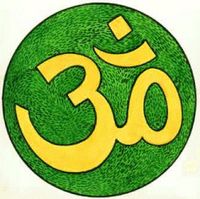LUST
There are the saints. And then there are the rest of us, who sometimes crave, yearn, covet, hunger, itch, ache, pine, and hanker for too much of a good thing. This is lust.
Even more than music or mathematics, lust may be the universal language. In its most elemental form, lust can be tantalizing, enthralling, contagious. But just as often it can be awkward, off-putting, messy—grotesque, even. There's typically an edge of desperation to lust, which makes it terribly (really, terribly) compelling. And it has tragicomic dimensions, too, which are easiest to discern in creatures (witness the family pet in heat, McDonald's customers wolfing down giant cheeseburgers, or crazed shoppers fighting over bargains), even as we recognize a bit of ourselves in the graceless spectacle. Humans bring momentum, cunning, and infinite variety to lust, stretching and distorting its contours. That's what drew us to the topic as we conceived of this issue of COLORS. Lust begins in our collective imagination as a sexual thing—an oddly pleasurable form of temporary insanity, in ideal circumstances
a madness indulged with a loved one—but for many of us, it can have everything and nothing to do with sex. Lust is, or becomes, about power. About acquisition (of money or objects or people). Control. Wanting. Devouring. And the most interesting thing of all is what happens in the space between desperately wanting and finally having (or not having): the manner in which we succumb t o our lust—and whether or not we allow self-gratification to be perverted into self-destruction.
AmPula




